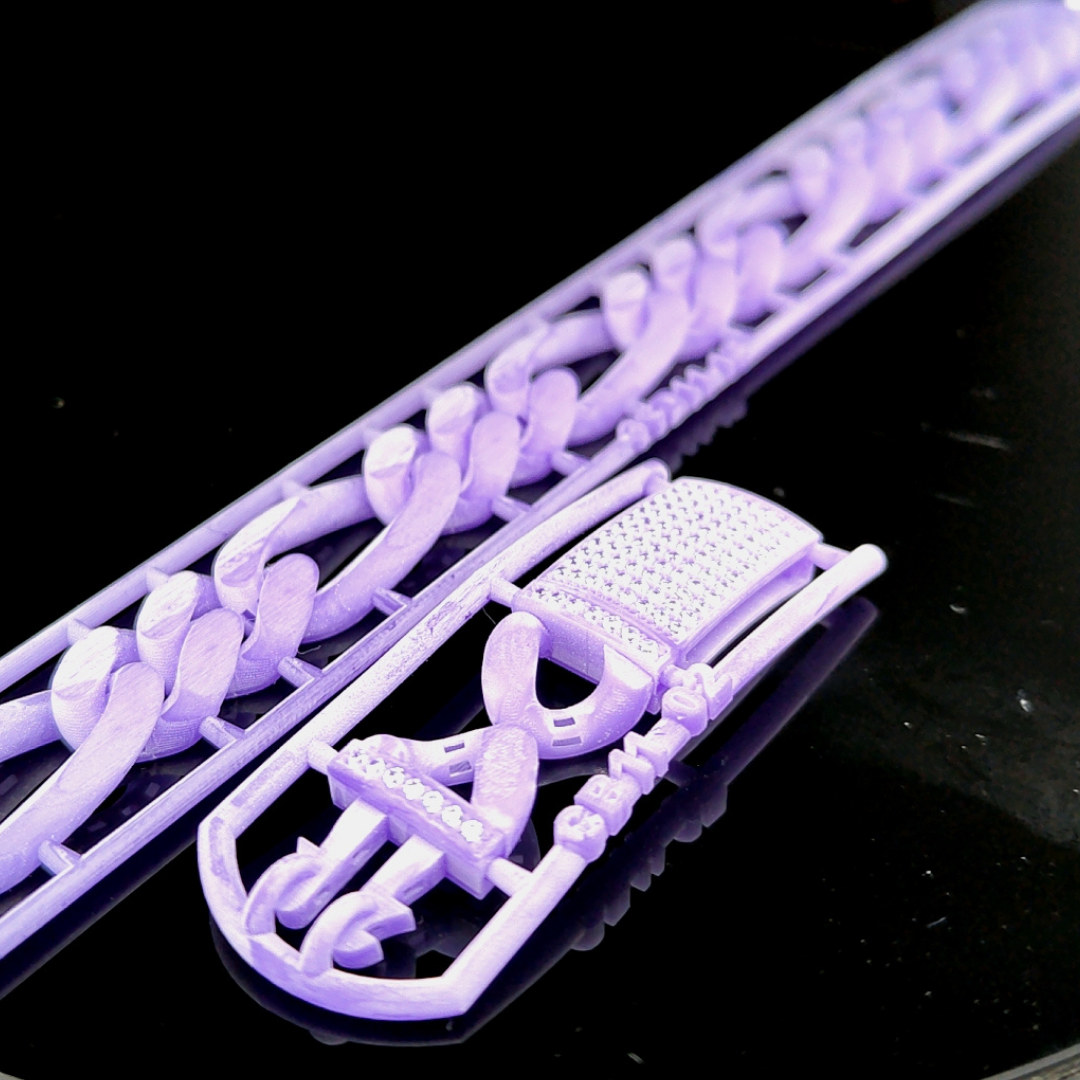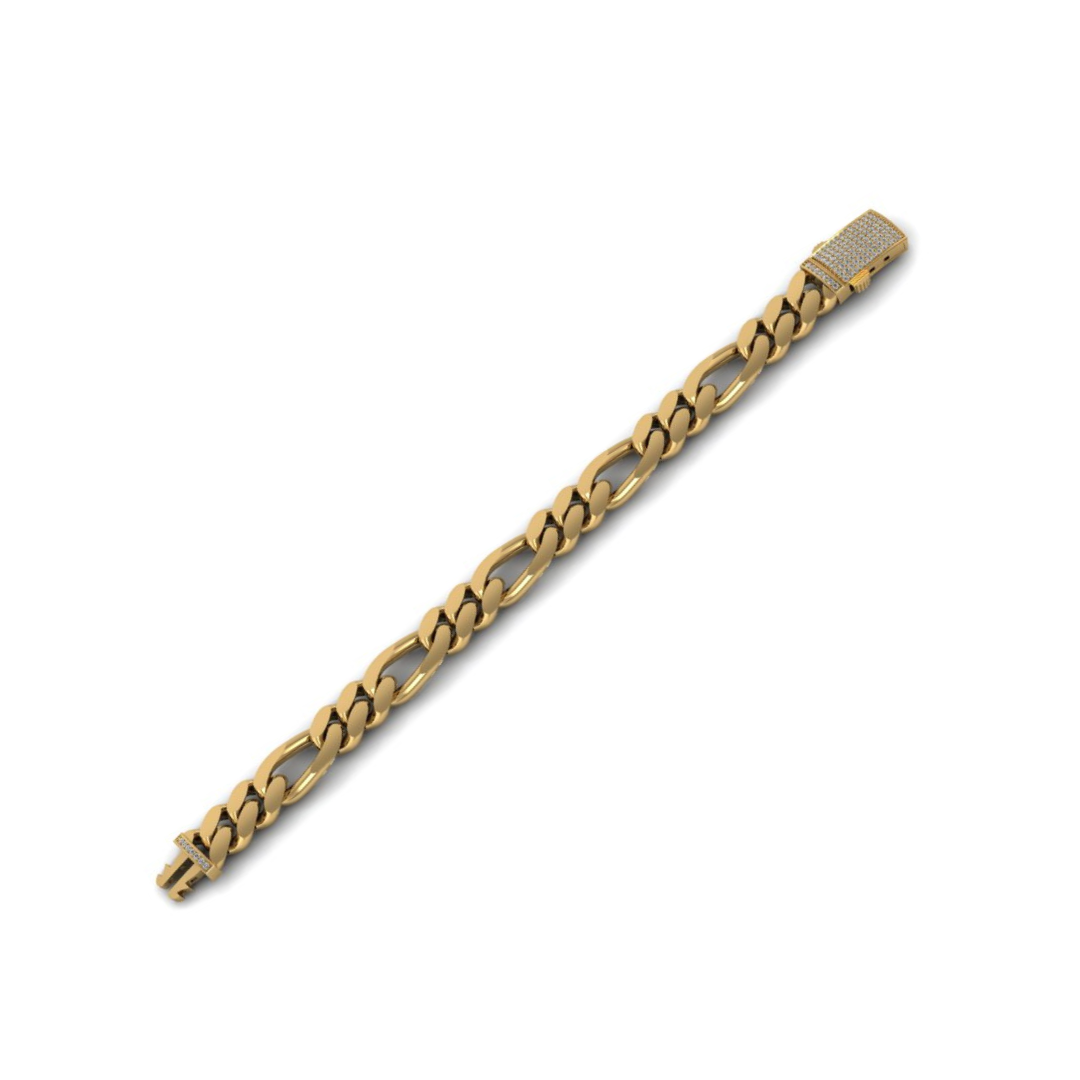FAQ
Most frequent questions and answers
3D print wax jewellery refers to the process of using 3D printing technology to create wax models or prototypes for jewellery designs. These wax models are then used to create molds for casting precious metals, such as gold or silver, resulting in the final jewellery piece. In Addition, B&W Project wax models are ready to cast wax. So, you may directly cast wax pieces and finish your jewellery
The process starts with a digital design of the jewellery, which is then sliced into thin layers by specialized software. A 3D printer with wax filament or a wax printer is used to build the model layer by layer. Once the wax model is printed, it can be used to create molds for traditional casting techniques.
Design flexibility: 3D printing allows for intricate and complex designs that may be difficult or impossible to create with traditional methods.
Time efficiency: 3D printing significantly reduces the time required to create a wax model compared to traditional hand-carving methods.
Cost-effectiveness: The ability to create detailed models without manual labor can save on production costs. B&W Project has variety cost offers. Feel Free to get in touch.
Iterative prototyping: 3D printing enables quick iterations and modifications to designs, allowing for rapid prototyping and design improvement.
The primary material used for 3D printing wax jewellery is a specialized wax filament. This wax is specifically formulated to melt and burn out cleanly during the casting process, leaving behind a void for the molten metal to fill.
No, 3D-printed wax jewellery is not meant to be worn as a final product. The wax models are used solely for creating molds for traditional casting techniques. The final jewellery piece is typically cast in a precious metal, such as gold or silver.
Yes, one of the advantages of 3D printing wax jewellery is the ability to customize designs. Digital models can be easily modified or tailored to meet specific customer preferences or requirements before proceeding with the casting process.
The quality of 3D-printed wax jewellery is comparable to traditionally crafted jewellery. The final product depends on the casting process and the skill of the jeweler. 3D printing offers design accuracy and consistency, but the craftsmanship and finishing touches are still crucial for achieving a high-quality end result.
Yes, you can use your own design for 3D printing wax jewellery. Whether you have a hand-drawn sketch, a computer-generated design, or an existing piece of jewellery to replicate, the design can be transformed into a digital file suitable for 3D printing.
Yes, once the wax model is cast in a precious metal, it can undergo various finishing processes, including polishing and plating, to achieve the desired look and feel. These processes can enhance the aesthetic appeal of the jewellery.
The time required to create 3D-printed wax jewellery depends on the complexity and size of the design. Generally, the printing process can take several hours to a few days. However, additional time is needed for post-processing, casting, and finishing, which can vary based on the specific requirements of the project. You orders will ve dispatch between 3-7 days by B&W PROJECT.




